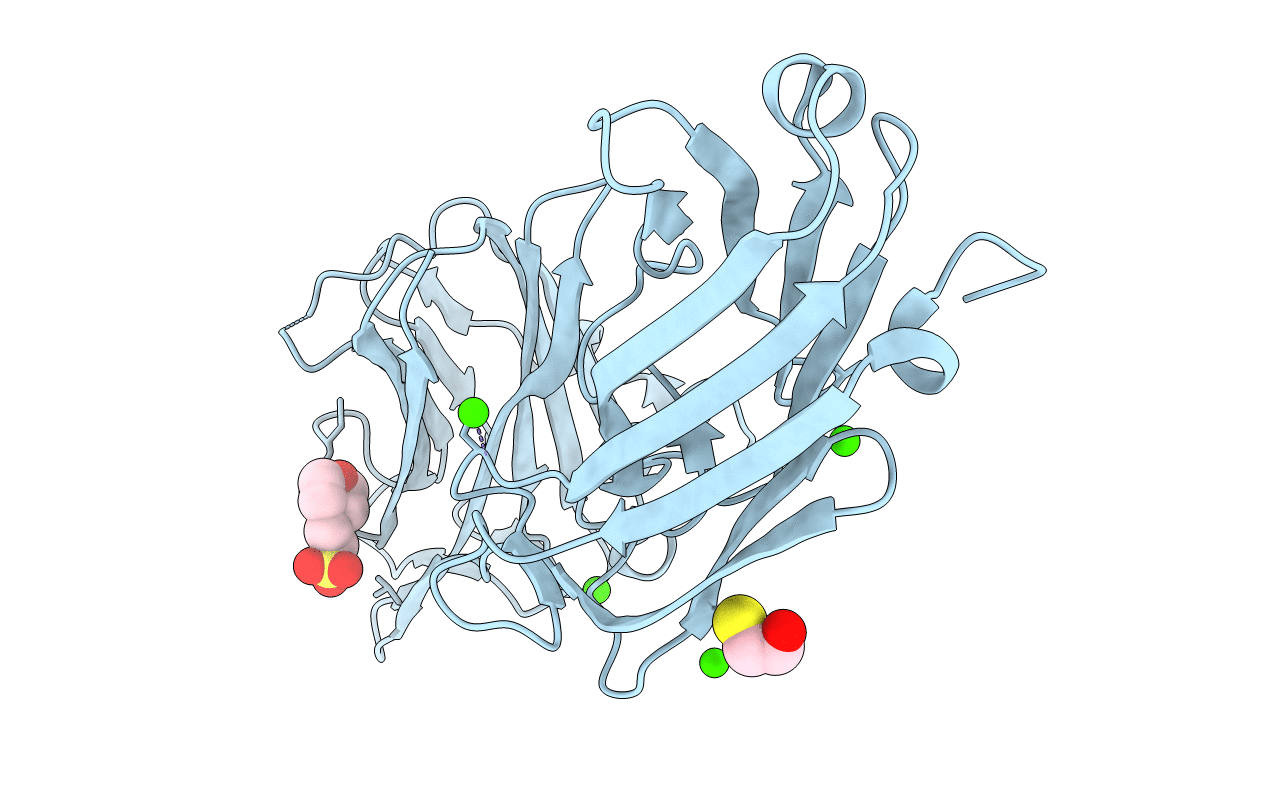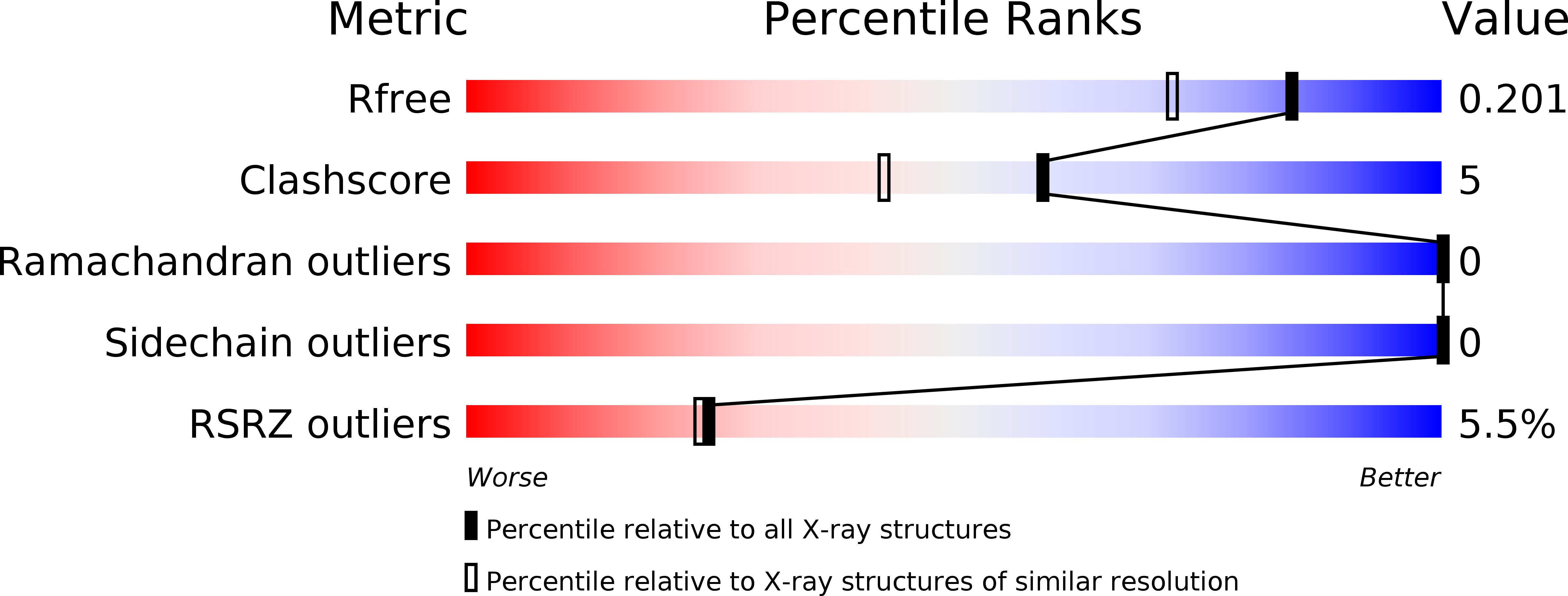
Deposition Date
2013-08-19
Release Date
2013-11-06
Last Version Date
2023-09-20
Entry Detail
PDB ID:
4MBO
Keywords:
Title:
1.65 Angstrom Crystal Structure of Serine-rich Repeat Adhesion Glycoprotein (Srr1) from Streptococcus agalactiae
Biological Source:
Source Organism:
Streptococcus agalactiae (Taxon ID: 211110)
Host Organism:
Method Details:
Experimental Method:
Resolution:
1.65 Å
R-Value Free:
0.18
R-Value Work:
0.15
R-Value Observed:
0.15
Space Group:
P 21 21 2


